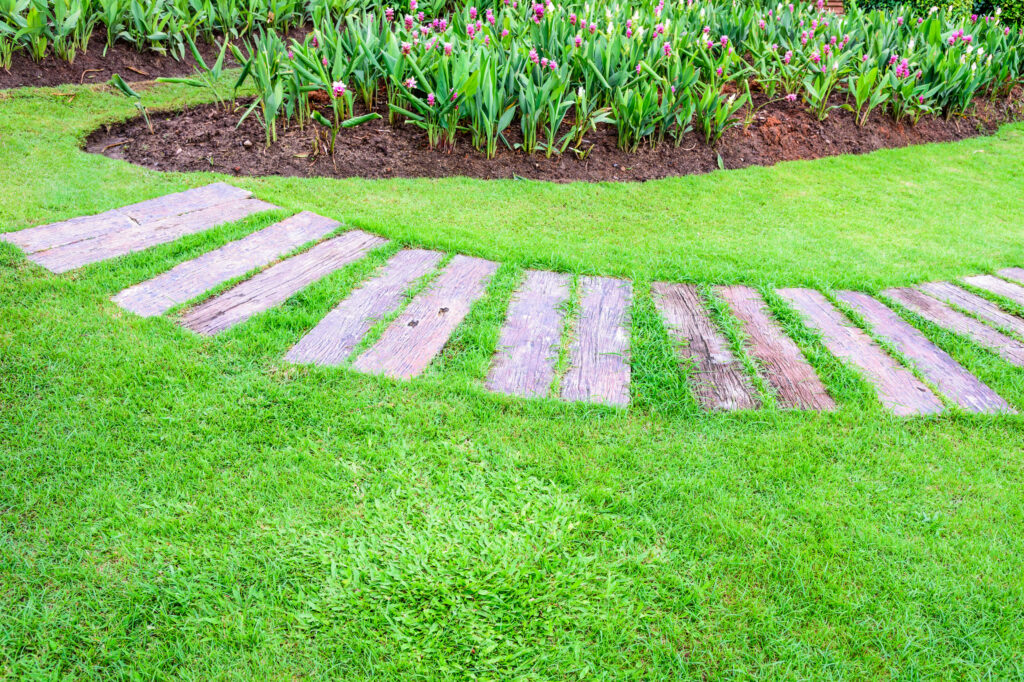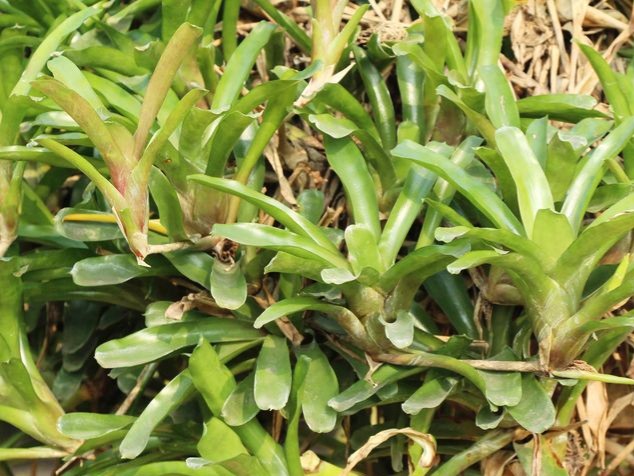If you’ve noticed patches of glossy green weeds with purple flowers spreading across your yard, chances are you’ve met doveweed. This persistent invader loves warm, damp areas and can be a real pain for homeowners. So, what exactly kills doveweed—and how can you finally reclaim your grass? Let’s dig in!
What is Doveweed, Anyway?
Doveweed is a summer annual weed that thrives in moist, compacted soils (translation: it loves the same places your grass does). It often looks a lot like turfgrass at first, which makes it extra tricky to spot until it’s already spreading. By the time you notice it, it may already be stealing nutrients and crowding out your lawn.
Why is Doveweed So Hard to Control?
Doveweed is notorious because it:
- Germinates late in the season, after many pre-emergent treatments have already worn off.
- Spreads quickly once established, thanks to its creeping growth habit.
- Mimics turfgrass, making it hard to detect until it’s thriving.
This means you’ll need a strategic approach if you want to eliminate it for good.
What Kills Doveweed?
The most effective strategy combines pre-emergent herbicides and post-emergent treatments.
Pre-Emergent Herbicides
- Products containing Indaziflam, Atrazine, or Isoxaben can stop doveweed seeds before they sprout.
- Timing is everything: Apply in late spring and again mid-summer to cover late germination.
Post Emergent Herbicides
- For existing doveweed, selective herbicides like Celsius WG or Monument are recommended.
- These target the weed without killing your turfgrass (when applied correctly).
- Always follow label directions carefully, since overuse can damage your lawn.
💡 Wondering if weed control products can harm your grass? Check out this helpful guide: Can Weed Control Harm My Grass or Plants?
Lawn Care Practices to Keep Doveweed Away
Herbicides work best when paired with healthy lawn habits. To keep doveweed from coming back:
- Improve Drainage: Since doveweed loves soggy soil, fix any low spots where water collects.
- Mow Properly: Keep your grass at the recommended height to help it outcompete weeds.
- Fertilize & Aerate: Strong, thick turf makes it harder for doveweed to sneak in.
Ready to Win the Battle Against Doveweed?
Doveweed is stubborn, but it doesn’t have to take over your yard. With the right products, timing, and lawn care strategies, you can send it packing. And if you’d rather skip the hassle, the experts are just a call away.
👉 Get professional help today with weed control and fertilization in Grapevine, TX. Let’s get your lawn looking green, healthy, and doveweed-free!

FAQ about Doveweed
What is doveweed good for?
Doveweed doesn’t have much landscape value since it aggressively crowds out grass, but it can provide some ground cover in bare spots and small seeds for certain birds. Most homeowners, though, see it as a nuisance weed.
Is doveweed toxic to dogs?
No, doveweed is not considered toxic to dogs. However, it can cause skin irritation in pets and people because it thrives in damp areas and holds moisture against the skin.
What gets rid of doveweed?
Pre-emergent herbicides applied in late spring or early summer help stop doveweed seeds from sprouting. For patches already growing, post-emergent herbicides like Celsius WG or Monument are effective.
Is doveweed a perennial?
No, doveweed is an annual warm-season weed. It dies off in winter but comes back from seeds that germinate the following warm season.

